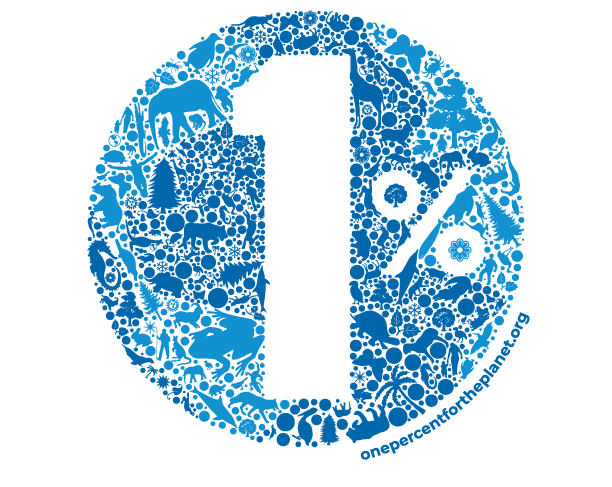A great hallmark of mental wellness is the ability to be in the present moment, fully and with no thoughts of being elsewhere. —Wayne Dyer
The World Health Organization defines wellness as “a state of complete physical, mental, and social well-being, and not merely the absence of disease or infirmity.”
There are ten different areas of wellness—physical, nutritional, medical, spiritual, social, environmental, emotional, occupational, behavioral, financial. Before digging deeper, I thought wellness was mainly eating good food, living a healthy lifestyle, and having good coping strategies.
A few wellness practices that I’ve incorporated into my lifestyle have had a profound impact on my overall wellness such as having annual blood work, getting my teeth cleaned every six months, starting the day with a cuppa tea, practicing meditation, and moving my body regularly through walking, yoga, ballet, or biking.
And there are many areas where I can grow (a kind understatement) such as flossing daily, setting clear budgets, not getting worked up by the little things (hello, technology), and consuming less sugar—to name a few.
Wellness for me has been a circuitous, meandering journey and it continues to unfold as I learn more and become more self-aware. I’m sure you, too, can relate.
For example, I’ve been impulsive and reacted quickly to everyday triggers (okay, still struggle here), subsisted on mainly sugary cereal and soy milk, and gave into mindless shopping jaunts. None of these were good for my physical, emotional, or financial health.
Wellness is more about making conscious choices rather than operating on autopilot or impulse. We don’t have to deprive ourselves of all treats, but we can become more mindful of what we choose and why.
Practicing wellness is our chance to choose a response that reflects what’s best for us. Sometimes it may be that new vegan cookie at Starbucks, other times it may be freshly-baked kale chips.
As you move through these next few weeks where we’re focusing on wellness in the podcast, take note of your everyday decisions—what you put into your body, how you move (or don’t move), what you focus on, how you feel, what triggers you, your social support system, your core values, your spending habits, your physical surroundings, and your work performance.
Ask yourself, “Does this contribute to wellness?”
Since there’s no one way to practice wellness. Try out a few new tools, consider some habits you may want to shift, and keep those bigger intentions in mind.
Author Deborah Day wrote, “Nourishing yourself in a way that helps you blossom in the direction you want to go is attainable, and you are worth the effort.” Wellness practices will help get us there! Bisous. x




